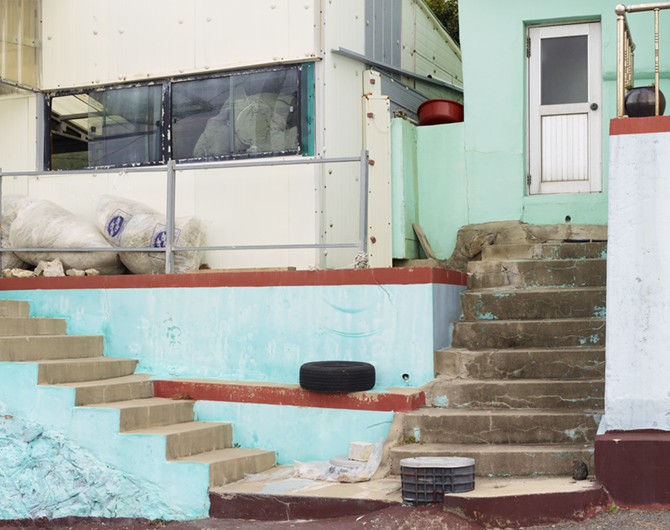'Getbol, the Korean Tidal Flats', was commissioned by Shinan County, as part of its Archipelago Documentary Project. Shinan Province is situated in the eastern Yellow Sea on the southwestern coast of the Republic of Korea and consists of 1004 islands, of which 72 are inhabited.
The site hosts high levels of biodiversity, with approximately 2,150 species of flora and fauna, including 22 which are globally threatened or near-threatened. Endemic fauna includes Mud Octopuses, Japanese Mud Crabs, Fiddler Crabs and Yellow Sea Sand Snails.
This is part of the text I wrote for a proposed book, which is still at the planning stage:
I’d been to South Korea twice before, even venturing as far south as Busan, but I’d never heard of Shinan. Pre-travel research proved frustrating; there was little online (at least not in English) and on arrival I knew little of what to expect. But my brief was clear enough: I was to spend three weeks photographing the UNESCO-protected mudflats or, as they’re known in Korean, ‘Getbol’.
Depending on how you look at it, three weeks is a long time, or not enough. But either way it was necessary to settle on a quickly-devised strategy that wasted little time. I had an assistant, Miju Lim, who organised where I should be and when, and drove me around in a battered four-wheel drive covered in faded transfers of dirt bikes. Meanwhile, I gazed at the landscape and pondered on what I should do, and how.
We moved from island to island, reaching some by ferry with sailings dictated by the tides, and others by immense bridges that dwarfed the tiny communities they linked. I’d seen mudflats before - we have a lot of them in the UK - and at some, it is said, advancing tides move with the speed of a galloping horse. But there is no such drama in Shinan, where even the waters appear lethargic. The pace of life there is marvellously slow, yet for all its beauty Shinan retains an eerie quality; immense in scale, its vast skies hover ominously over land and sea that, in their turn, and according to the state of the tide, reflect light back to the heavens like a recently polished mirror.
The panoramic function of my camera (two images, left and right, stitched together) suited the Shinan landscape perfectly. Placing the horizon at the midpoint, in the dead centre, allowed each picture to potentially run seamlessly into the next, emphasising the huge expanses of what, on first glance, might appear to be almost nothing. Look more closely, however, and the mud teems with life. At low tide innumerable crabs the size of bottle tops would scuttle about in search of food. It was as if the land itself were moving, undulating like a silent, deleterious earthquake.
While the repetitive nature of these panoramas had its appeal, I soon realised that making pictures of mudflats alone wouldn’t sustain me for long. So I turned my attention to the communities that live adjacent to the getbol, who depend upon its gifts for their livelihood. That’s how, for instance, we met the man who ‘planted’ baby octopuses in the mud next to his ramshackle home and left them to grow. Some months later he'd retrieve them with a theatrical flourish akin to a stage magician.
Meanwhile, I ate the freshest seafood I’ve ever tasted (including those very same octopuses, still squirming on the plate) and a lifetime's supply of kimchi. And, it being 2021, we made several long journeys to a Covid testing point. Meanwhile, through a compulsory app, I was obliged to record and share my health on a daily basis.
